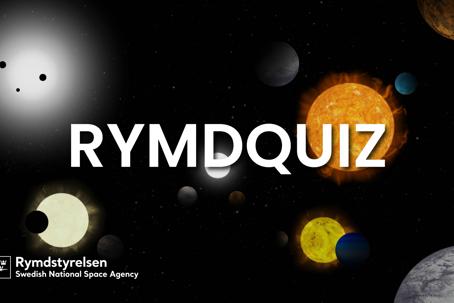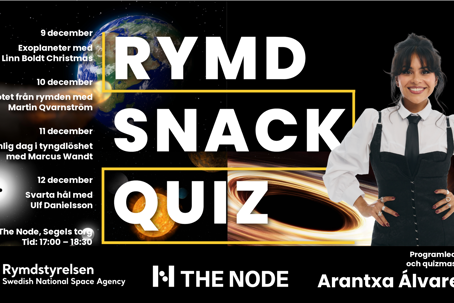You may remember me from this summer’s adventures with PoGOLite. As it turned out, PoGOLite was not the success which we had hoped for. Luckily, this cannot be said about another space experiment partly built at KTH and called PAMELA (Payload for Antimatter Matter Exploration and Light nuclei Astrophysics). PAMELA is mounted on a Russian satellite which has been orbiting the Earth since June 2006. PAMELA was designed to make very precise studies of cosmic rays in space. Cosmic rays are subatomic particles (mostly protons) which can obtain high energies as a result of supernova - exploding stars - or solar activity. They continually bombard the earth’s atmosphere giving rise to aurora (Norrsken), for example. PAMELA’s speciality is to identify the very small amount of antimatter in the cosmic radiation. Antimatter may sound a little like science fiction, but it’s actually a very well established part of the subatomic world. For example, did you know that antimatter is used every day in hospitals around the world? Take a look here for more about that... PAMELA has already made a name for herself using antimatter to help us to understand the mysterious dark matter in our universe.
As already pointed out in a nice article in ‘Populär Astronomi’ PAMELA published another very interesting antimatter result a week or so ago. It turns out that the Earth is surrounded by antimatter - antiprotons, to be more precise. That the Earth is surrounded by subatomic particles in so-called radiation belts has been known about since measurements in the late 1950s by the first US Explorer satellites. Cosmic ray protons can become trapped in orbits around the Earth by the Earth’s magnetic field. It has long been speculated that antiprotons may also become trapped and, now, finally, we know that this is the case. Who knows what this discovery will lead to - NASA has already explored the idea of exploiting trapped antiprotons as a novel fuel source for spacecraft...
So, now you know: antimatter is not just science fiction and it’s closer to you than you think!
/Mark Pearce
Images: http://astrobioloblog.files.wordpress.com/2011/03/solar-storm.jpg






